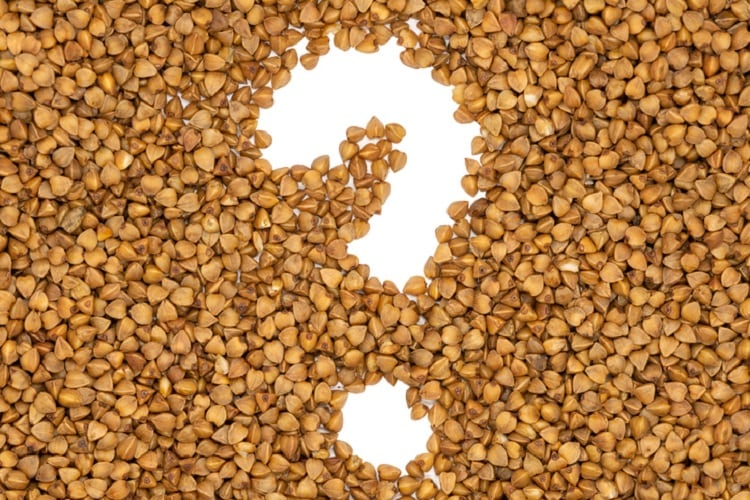In Italy – the home of gluten-rich pasta and pizza – the Italian Ministry of Health has presented its annual report on coeliac disease to parliament.
According to the 2017 report (available here in Italian), which was published in December 2018, 145,759 women and 60,802 men suffer from coeliac disease nationwide – equating to a two third/one third split.
Coeliac disease is a lifelong autoimmune disease caused by a reaction to gluten. It is estimated that one in 100 people have the condition, which manifests itself in symptoms such as stomach cramps, fatigue, constipation, diarrhoea and vomiting. No cure for the disease currently exists, and once diagnosed, treatment comprises following a gluten-free diet for life.
According to Italy’s Ministry of Health report, women may be more susceptible than men to the disease due to the different biological role of the two sexes.
“It is known that the immune response in women is particularly developed and fast. This ‘aggressiveness’ of the immune system could be related to the biological role of the woman in the course of evolution, that [has] led to its greater alertness towards infectious agents and [ability] to cope with post-natal infections,” writes report authors Simona de Stefano from the Ministry of Health, and Marco Silano from the National Institute of Health.
“Some clinical studies have shown that oestrogen, the main female hormone, can play an active role in stimulating the response against viruses, while testosterone, the main male hormone, can play a role in suppressing inflammatory responses,” the authors continued.
In addition, variances in X and Y chromosomes may play a role. The combination of two X chromosomes, as is the case with women, may predispose this gender to the development of autoimmune diseases; and a Y and X chromosome, as is seen in men, is more likely to predispose males to immunodeficiencies.
“If, on the one hand, an immune system is so reactive and ‘aggressive’ against infections, according to some scholars [this immune system] can also more easily, and perhaps incorrectly modify itself in response to the infection,” writes the authors.
This could result in “excessive activation”, that in time, could lead to the development of autoimmune diseases, such as coeliac disease, added de Stefano and Silano.
Diagnosis: More accurate, but a long way to go
The report also highlights a significant increase in coeliac diagnoses in the first half of the decade.
Between 2012 and 2017, diagnoses increased by an average of about 10,000 per year, reaching a total of 206,561 people – or 0.34% of the population in Italy.
Significantly, the report authors have assured politicians these figures do not indicate a rise in the disease, rather, an increase in disease diagnoses.
In 2017, for example, just 8,135 people were diagnosed with coeliac disease – approximately half of the total for 2016. The Ministry has put this down to the enforcement of a new diagnostic protocol two years ago. This reduced figure is “probably due to clearer scientific guidelines and procedures that reduce unnecessary exams, develop timely diagnostic hypotheses and limit errors,” write the authors.
However, despite the implementation of new and more accurate disease testing tools, Italy has far from achieved a 100% diagnosis rate. With 1% of the population genetically predisposed to coeliac disease, it is estimated around 400,000 people in Italy are not yet diagnosed.





